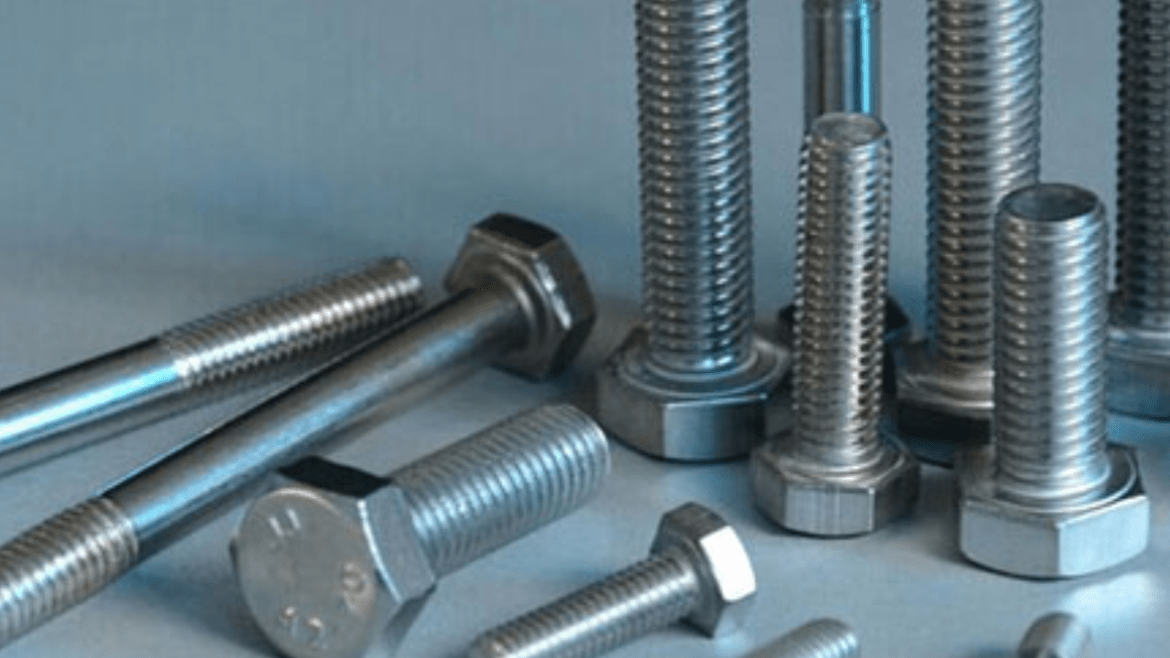In moist environments, the installation of stainless steel screws on aluminum surfaces is an unusual exercise, especially in out-of-doors or marine programs. However, the combination of various metals, moisture publicity, and electrolytic reactions can cause multiplied corrosion, jeopardizing the structural integrity of assemblies and compromising protection. Consequently, minimizing corrosion in this situation is of paramount significance.
Corrosion no longer most efficiently weakens the fastening device but additionally undermines the overall performance and toughness of structures or systems, leading to high-priced upkeep and functionality safety dangers. By imposing powerful corrosion mitigation strategies, the danger of corrosion-associated problems may be significantly decreased, ensuring the sturdiness and reliability of stainless steel screws in aluminum in wet environments. For further details on how to minimize corrosion in a wet environment, see the details below.
Strategies to Minimize Corrosion While Using SS Screws On Aluminum In Wet Environments
See the information under:
Material selection
The first step in limiting corrosion is the choice of the appropriate substances. While making use of stainless steel screws on aluminum in moist situations, it is crucial to pick stainless-steel grades that deal with corrosion resistance. For example, 316 stainless steel, which incorporates molybdenum for extra noteworthy corrosion resistance, is robotically supported for packages presented with moisture or salt water.
Protecting Coatings
Making use of shielding coatings on both the stainless steel screws and the aluminum ground can offer a similar layer of defense against corrosion. For stainless steel screws, coatings alongside zinc plating or passivation can improve their protection from corrosion in wet conditions. Also, anodizing or painting the aluminum ground can assist with shielding it from moisture and destructive components, dragging out its life expectancy and bringing down the danger of corrosion.
Insulating Material
To limit direct contact between the stainless-steel screws and the aluminum floor, insulating materials may be used as a barrier. Nylon washers or grommets located on many of the screws and the aluminum can help prevent galvanic corrosion, in which the aluminum acts because the anode corrodes more hastily in the presence of electrolytes. This clean yet effective degree can appreciably reduce the chance of corrosion and prolong the life of the fastening system.
Drainage and Ventilation
Improving drainage and ventilation across the fastening device can help decrease moisture accumulation, reducing the risk of corrosion. This may involve designing drainage channels or incorporating airflow with the flow openings to permit water to waft far from the fasteners and prevent stagnant water buildup. With the useful resources of airflow and water drainage, the risk of corrosion can be significantly mitigated, maintaining the integrity of the meeting in moist environments.
Regular Maintenance
Ongoing maintenance is critical to determining the circumstances of the fastening gadget and dealing with any symptoms of corrosion right away. Ordinary inspections must be executed to test for corrosion, loosening of screws, or other signs and symptoms of decay. Any corroded or damaged screws ought to be replaced with new ones, and shielding coatings need to be reapplied as needed to maintain their effectiveness. By staying proactive and addressing corrosion problems early on, the toughness and reliability of the fastening gadget can be preserved, ensuring average overall performance in wet environments.
Environmental Monitoring
Tracking environmental conditions, which include humidity tiers, temperature fluctuations, and exposure to corrosive factors, can help pick out corrosion risks. With the resource of tracking those elements over time, modifications can be made to reduce the impact of environmental situations on the fastening system. For example, installing defensive covers or shelters can shield the meeting from direct exposure to rain or saltwater, in addition to decreasing the danger of corrosion.
Remarks
Minimizing corrosion while stainless steel screws are established on aluminum in wet environments requires a multifaceted technique. By implementing these techniques efficiently, the risk of corrosion may be significantly decreased, ensuring the durability and reliability of the fastening gadget in tough environmental situations. With proper corrosion prevention measures in place, stainless steel screws and aluminum assemblies can resist the rigors of moist environments and keep their reliability for years to come.
